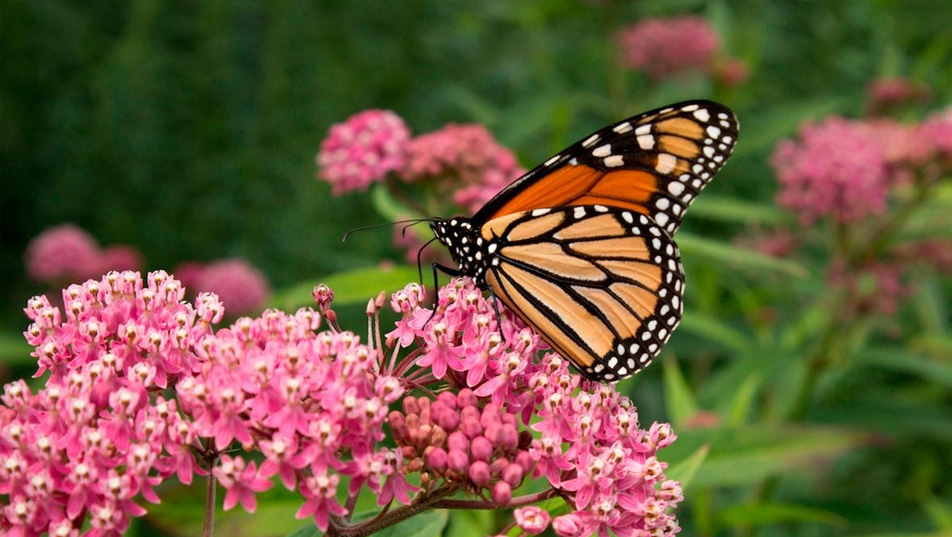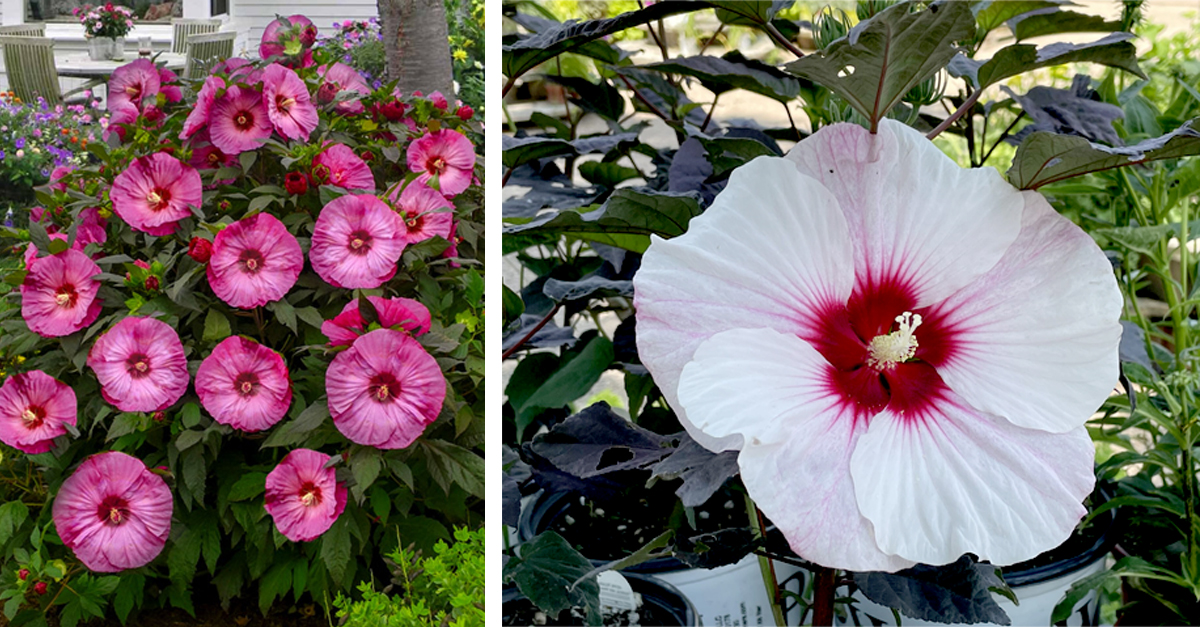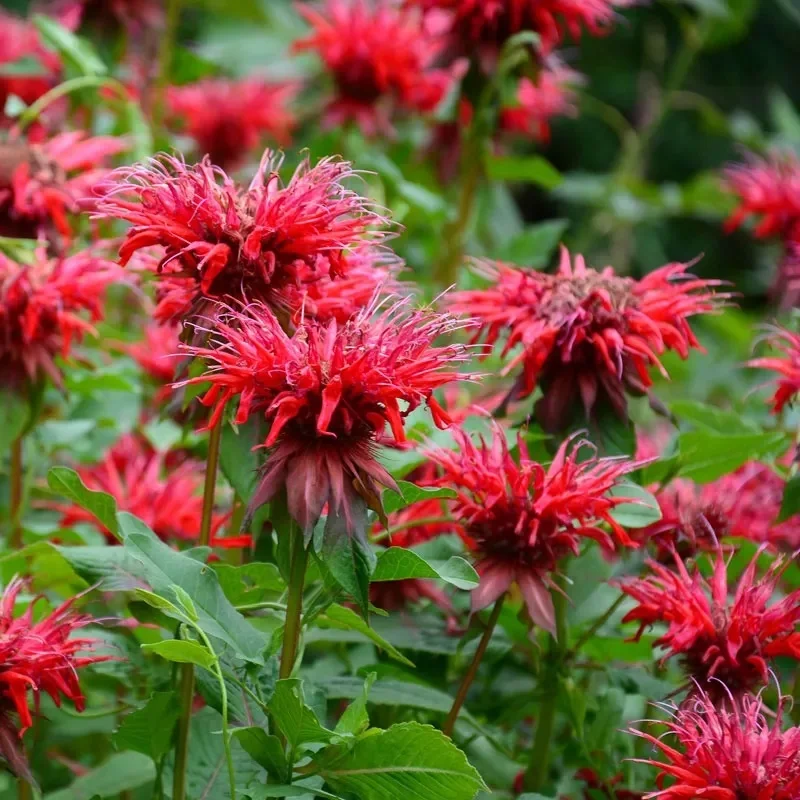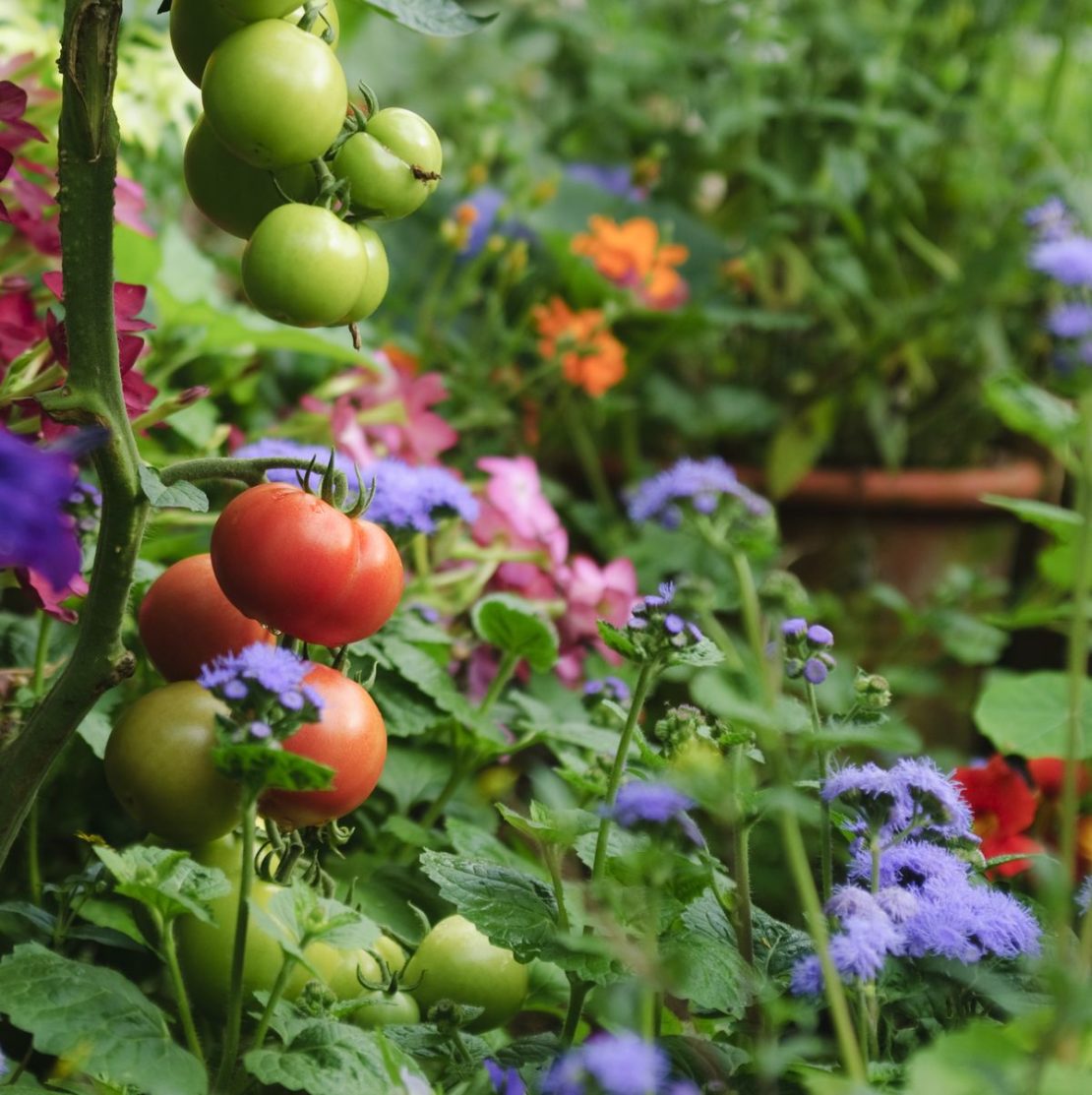
ABC’s of Harvesting Veggies
The old saying, “don’t harvest the corn ’til the water’s boiling,” may be familiar sounding. Simply put, it means that ‘just picked’ corn offers the best flavor and freshness!
One way to assure yourself of getting the “freshest vegetables” is to grow your own. Heading out to the garden to pick what you need, when you need it is a gardener’s delight. But how do you know the right time to harvest? Picked too soon, picked too late? Knowing when to pick doesn’t have to be tricky. A little knowledge can save potential waste and loss of quality with crops.
The best approach is to harvest as much as you or your family will consume that day. This assures you the freshest quality. Pick your crops during the early hours of the morning before the heat of the day sets in and place them in the shade until you are ready to go indoors. Once inside, sort through your harvest. Any that show signs of bruised skin or softness should be used right away.
If you have excess ripe vegetables, why not share the wealth with neighbors and friends – never let them go to waste! Local food banks and soup kitchens will appreciate the donation of fresh-picked veggies.
How do you know when to harvest? The seed packet or plant label is your best source of information for specific varieties. What follows are generalizations. Create a journal and record your harvest information; you will learn by trial and error.


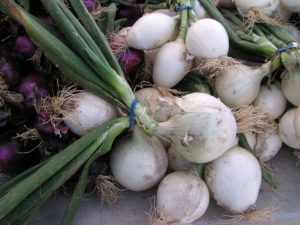
–Beans:
Edible soy: when pods fill out.
Lima: when the outline of the bean is visible on the pod.
Shell: let them dry on the bush, then shell for the winter.
Snap: when pods are tender, ‘snap’ when ready, the diameter of a pencil.
–Beets: harvest at any stage. If you thin beets, use the thinned tops and roots as greens.
–Broccoli: when heads are tight and fully formed, but BEFORE flowers start to open. Side sprouts will continue to mature after the central sprout has matured.
–Carrots: harvest at any stage. Carrots can remain in the ground for winter harvest provided that a heavy layer of mulch has been applied before the ground freezes.
–Celery: harvest from half-grown stage on, either outside stalks as needed or the entire plant.
–Chard: harvest from half grown stage on, twisting off outer leaves at base; new leaves continue to grow throughout the season.
–Corn (Sweet): harvest as soon as silks have dried and kernels ‘ooze’ milk if pricked. Maturity can be determined by feeling – as the ear develops the husk tightens until harvest when it fits like a glove.
–Cucumbers: pickle types should be 4-5 inches long; slicing types when full length but before the seeds become firm and chewy
–Eggplant: harvest from half-grown stage size on.
–Garlic: harvest bulbs after the tops turn yellow and begin to collapse. Dig carefully and shake off excess soil. Cure in a well-ventilated location for 7-14 days.
–Kale: harvest outer leaves when plant is half grown, allowing more leaves to form. Kale tastes best after a frost.
–Lettuce: Pick the outer leaves of leafy lettuces as needed or harvest the entire plant. Can harvest leafy varieties at any stage of growth, but finish before they bolt. Harvest the entire head of head lettuces when firm.
–Onions: harvest at any stage of growth. For winter onions that are to be stored, wait until the leaves die, harvest and dry in an open location for 3-5 days then store in a ventilated location at room temperature.
–Peppers: harvest at any stage; sweet green are most nutritious and sweetest when harvested red ripe. Harvest before frost.
–Radishes: harvest from half-grown stage on. Mature radishes become pithy and strong tasting.
–Spinach: harvest leaves from half-grown stage on.
–Squash, summer: harvest at any stage before seeds become firm. Zucchini, yellow, and Patty Pan may be picked when young and tender. Ideal length for zucchini is 6-8 inches long. If grown for stuffing, pick when a little longer.
–Squash, winter: varieties such as acorn, hubbard, and turban are ready for harvesting when a thumbnail cannot penetrate its hard skin.
–Tomatoes: harvest when plump, slightly soft, and full-colored; fruit will easily separate from the vine.

